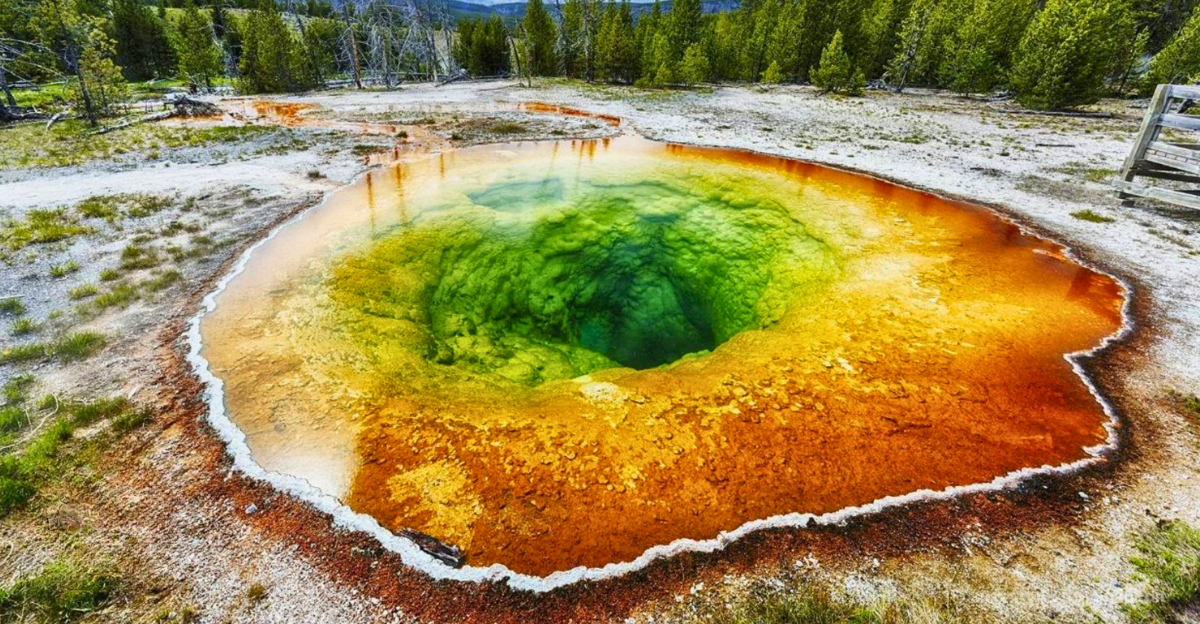
Yellowstone is a treasured national park located on the Wyoming frontier. It is home to features such as Old Faithful Geyser, the Grand Canyon of the Yellowstone, the Morning Glory Pool, hotels, and museums. However, some landmarks—like Morning Glory—are transforming due to environmental changes.
Yellowstone’s History

The national park, encompassing roughly 2.2 million acres, was established in 1872 by the U.S. Congress to preserve and showcase the region’s natural wonders. With its 10,000 thermal features, waterfalls, wild animals, mountains, and a canyon, the park has well over three million visitors a year. The park and its surroundings have recently been recognized as one biological unit.
The Morning Glory Pool

In the 1880s, the hot spring pool was named after the Morning Glory flower. The park’s main road ran right past the pool to Old Faithful Geyser, and tourists frequently visited the pool, admiring its clear blue coloring. However, vandalism, heavy visitation, and environmental changes changed the pool’s color.
The Current Transformation
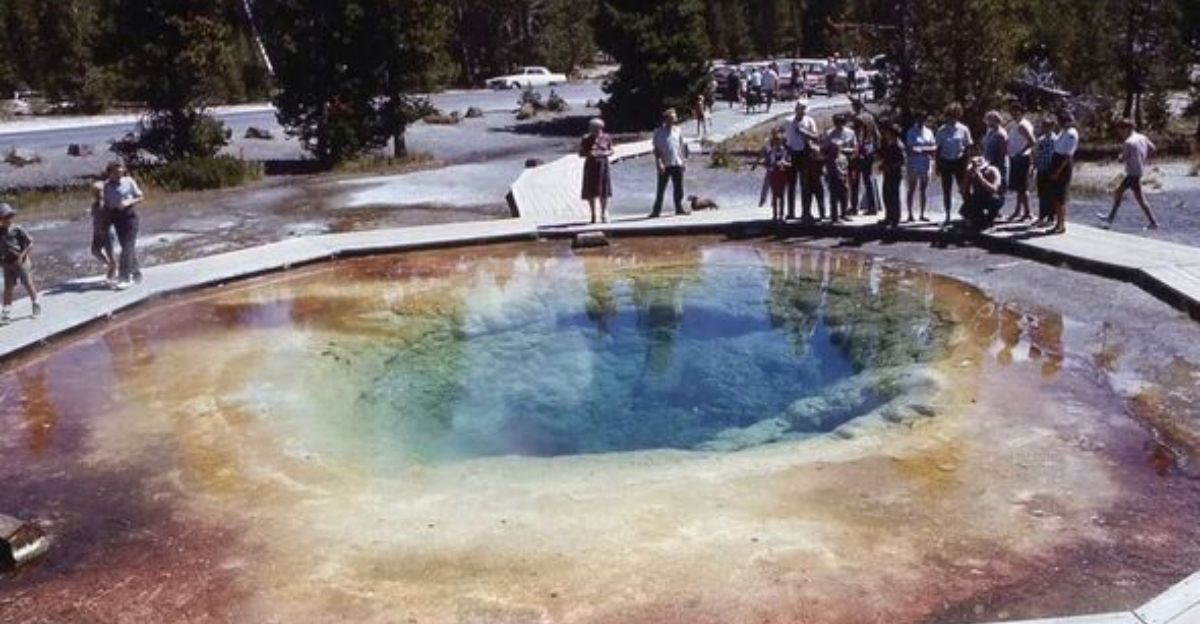
Over the years, visitors would throw coins, trash, rocks, and logs in the pool, compromising its water circulation and temperature. This debris was embedded in the pool’s sides and vents, resulting in a change of color from a clear blue to more orange and yellow hues.
Ecological Impacts
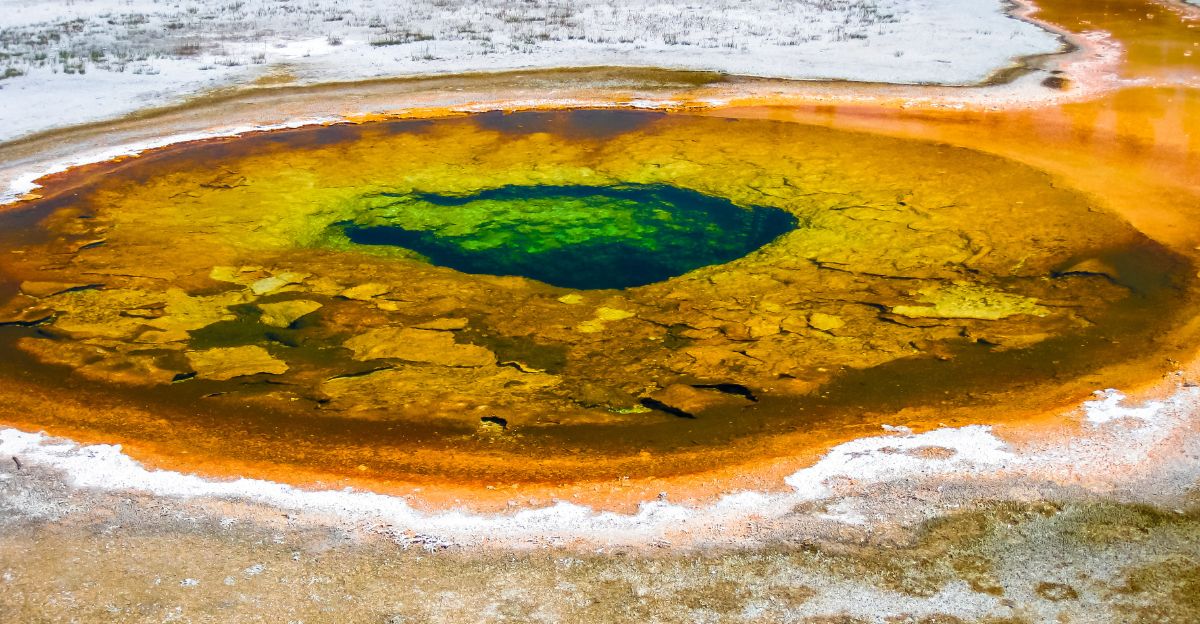
The Morning Glory pool’s color change is due to microbial mats (communities of microscopic organisms) inhabiting the pool’s walls. Previously, when Morning Glory was hotter, these microbial mats were unable to survive the higher temperature, resulting in the clear blue water that absorbs and scatters light. Now, as microbial mats grow on the edges of the hot spring, the color shifts to orange and yellow hues.
Effects on Visitor Experience

Despite the pool’s changes, visitors are still encouraged to explore the area. Signs instruct visitors not to throw items into the pool, and a pile of old coins sits beneath one sign as a reminder of our part in the pool’s changes. While vandalism is always a concern, there has been a decline in such activities over the last few decades.
Conservation Efforts

When the pool began to change, the main road running past was diverted to decrease traffic and visitation. Park rangers partially drained the pool and tried to remove as much trash as possible in the past; however, this did little to restore the pool’s original color. The damage has already been done, and now, Rangers have shifted their efforts to preserving what is left of the pool.
Morning Glory’s Future
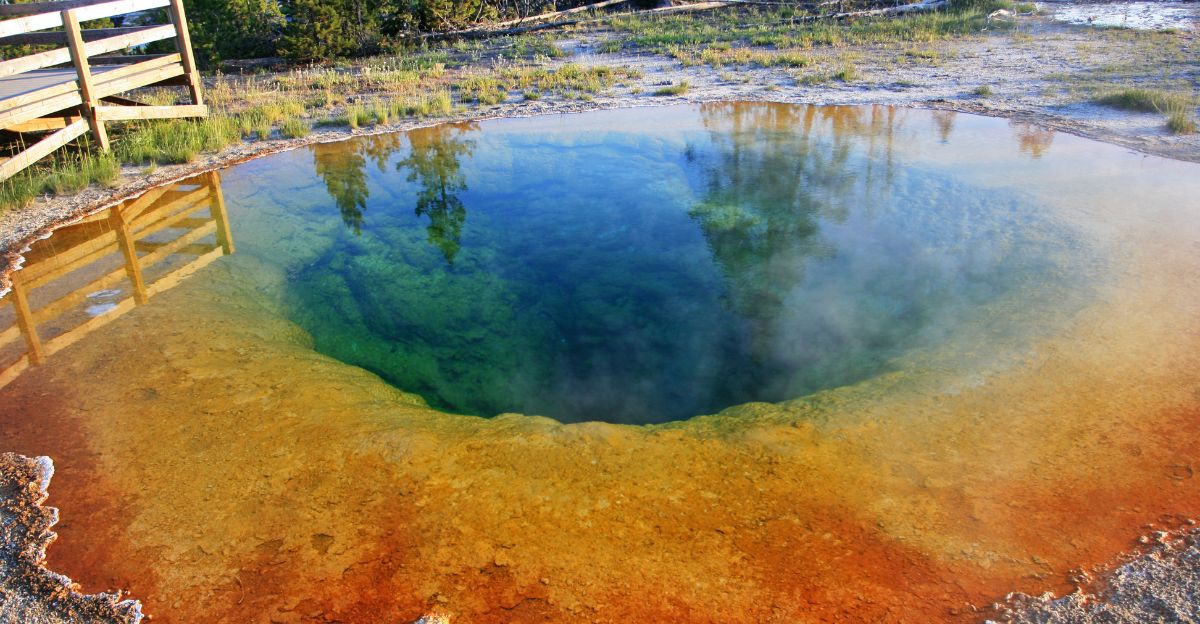
The pool is still a popular attraction due to its unique coloring and geothermal activity. However, little literature exists on how environmental changes, such as temperature fluctuations, impact the future of hot springs and other geothermal features. For now, Park Rangers are doing their best to educate the public about preserving natural features.
Monitoring Changes
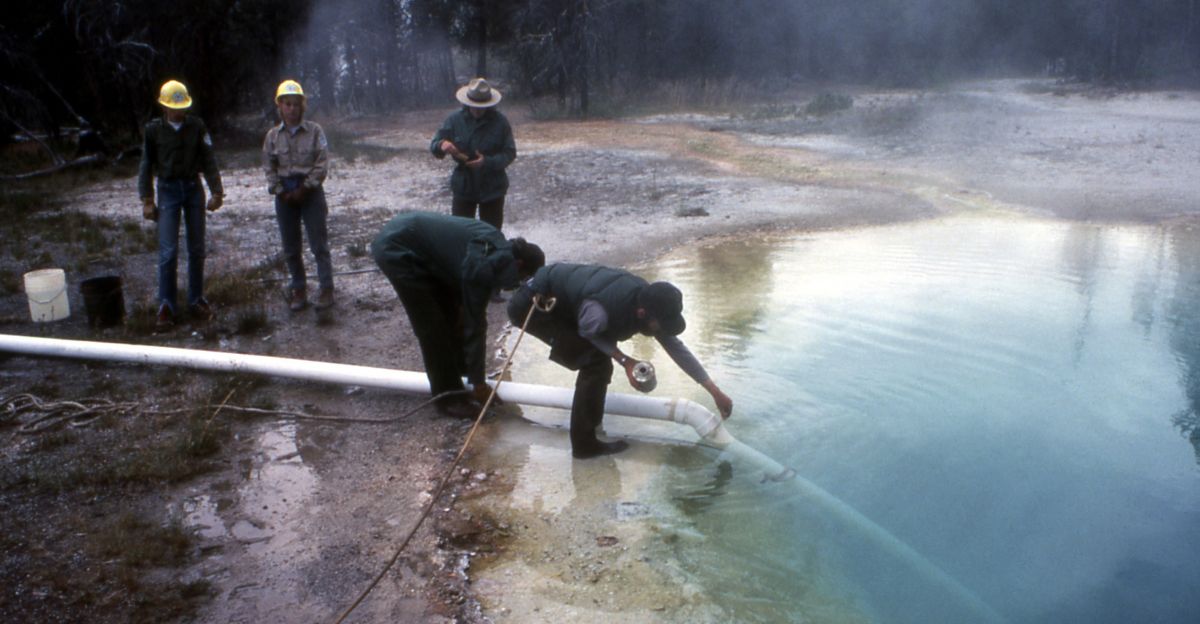
The park continuously monitors water temperature and quality to help understand changes over time. It also has a Geology Program that studies geothermal systems using infrared imaging data. Imagery is captured by flying an aircraft over the geothermal areas twice a year and comparing the results to determine changes between flights.
Geothermal Activity in Yellowstone
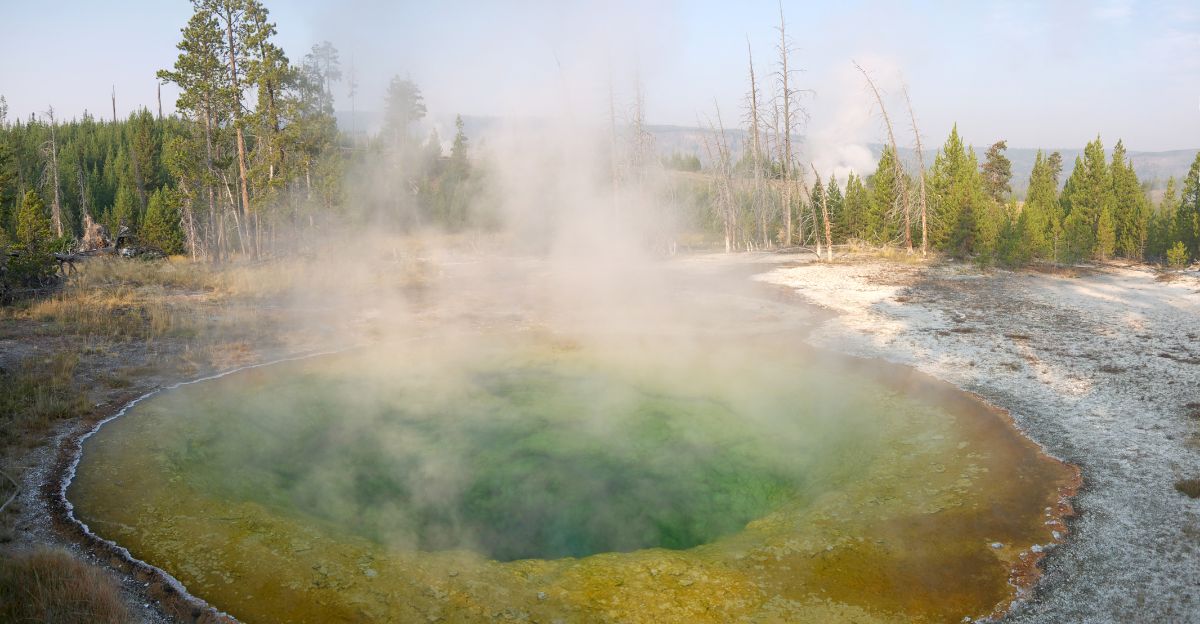
Yellowstone is the world’s largest active volcano, and as a result, the area has extraordinary geothermal activity. It boasts 10,000 thermal features, such as roughly 300 to 500 geysers at any given time, a number of hot springs, mud pots, and steam vents. These features are driven by a combination of volcanic heat and hydrological processes.
Cultural Significance

Morning Glory’s changes due to human interference have been a topic of great debate. However, trends in how visitors treat the park and its features indicate that society has considered environmental preservation techniques. As less vandalism occurs and more protection efforts are made, preservation quickly becomes the norm in national parks nationwide.
Animal Life in Yellowstone
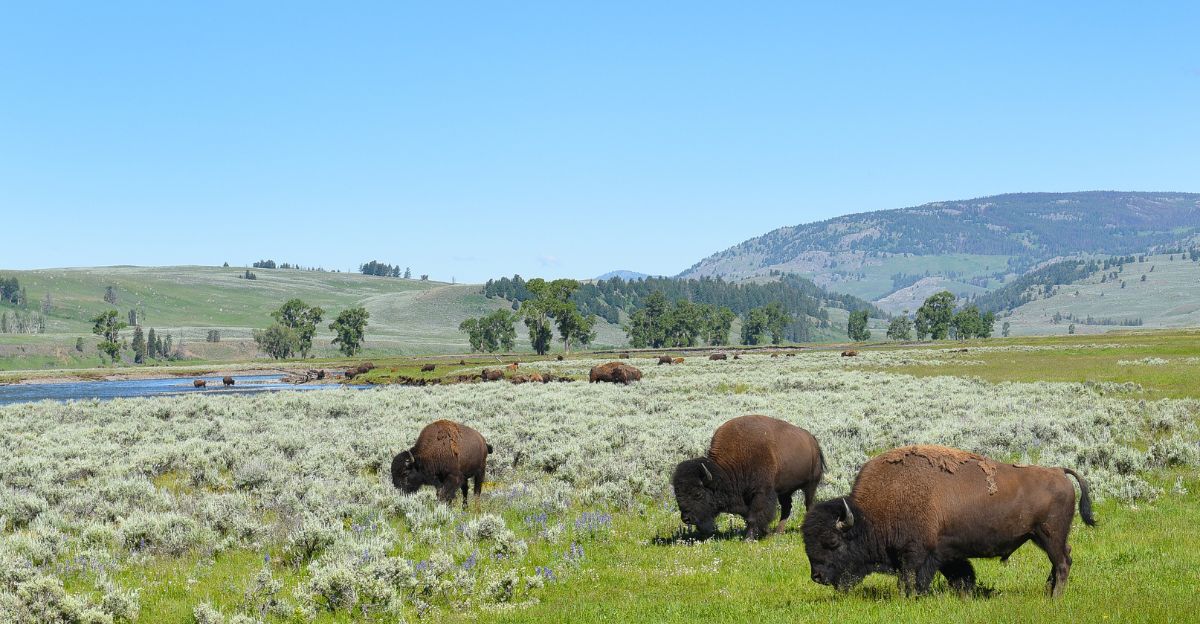
The national park has exciting wilderness and an open wildlife refuge. Visitors can spot grizzly bears, elk, American bison, moose, wolves, swans, and eagles during their visits. Additionally, the native fish species play a crucial role in the area’s natural food chain, making them essential to maintaining ecosystem balance.
Is the Sun Setting on Morning Glory?
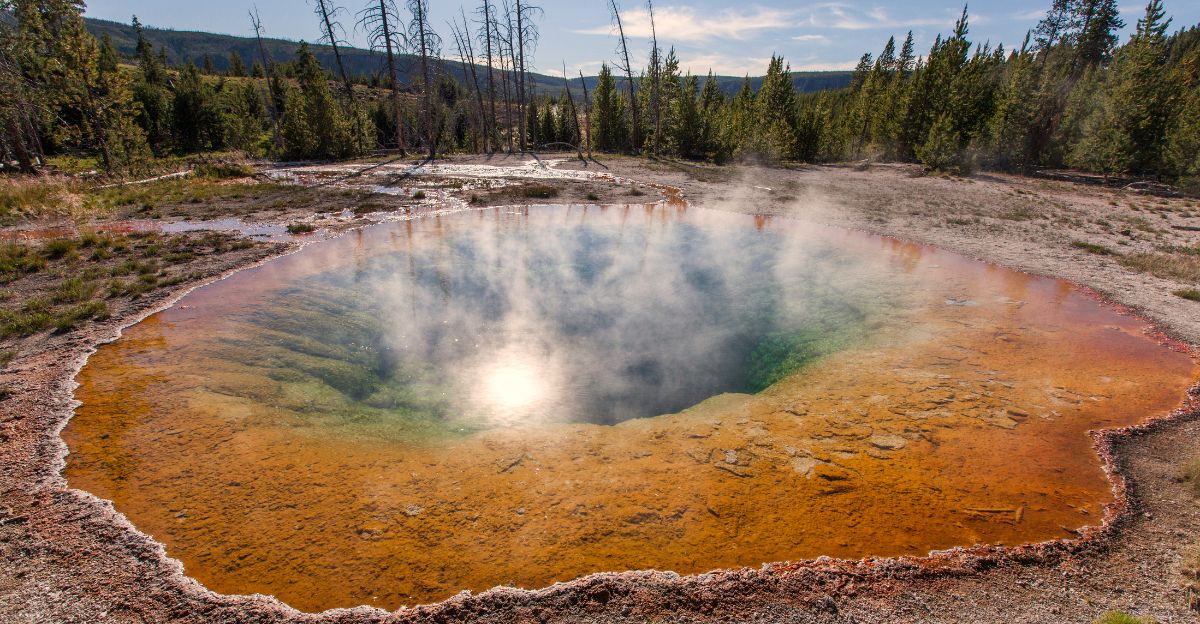
Despite the negative effects of the past, Morning Glory and other geothermal sites in Yellowstone are among the most visited places in the world. Park rangers and researchers continually educate the public about environmental respect and preservation and monitor water quality and temperature in the region, so Yellowstone and Morning Glory are in good hands.
Explore more of our trending stories and hit Follow to keep them coming to your feed!

Don’t miss out on more stories like this! Hit the Follow button at the top of this article to stay updated with the latest news. Share your thoughts in the comments—we’d love to hear from you!







